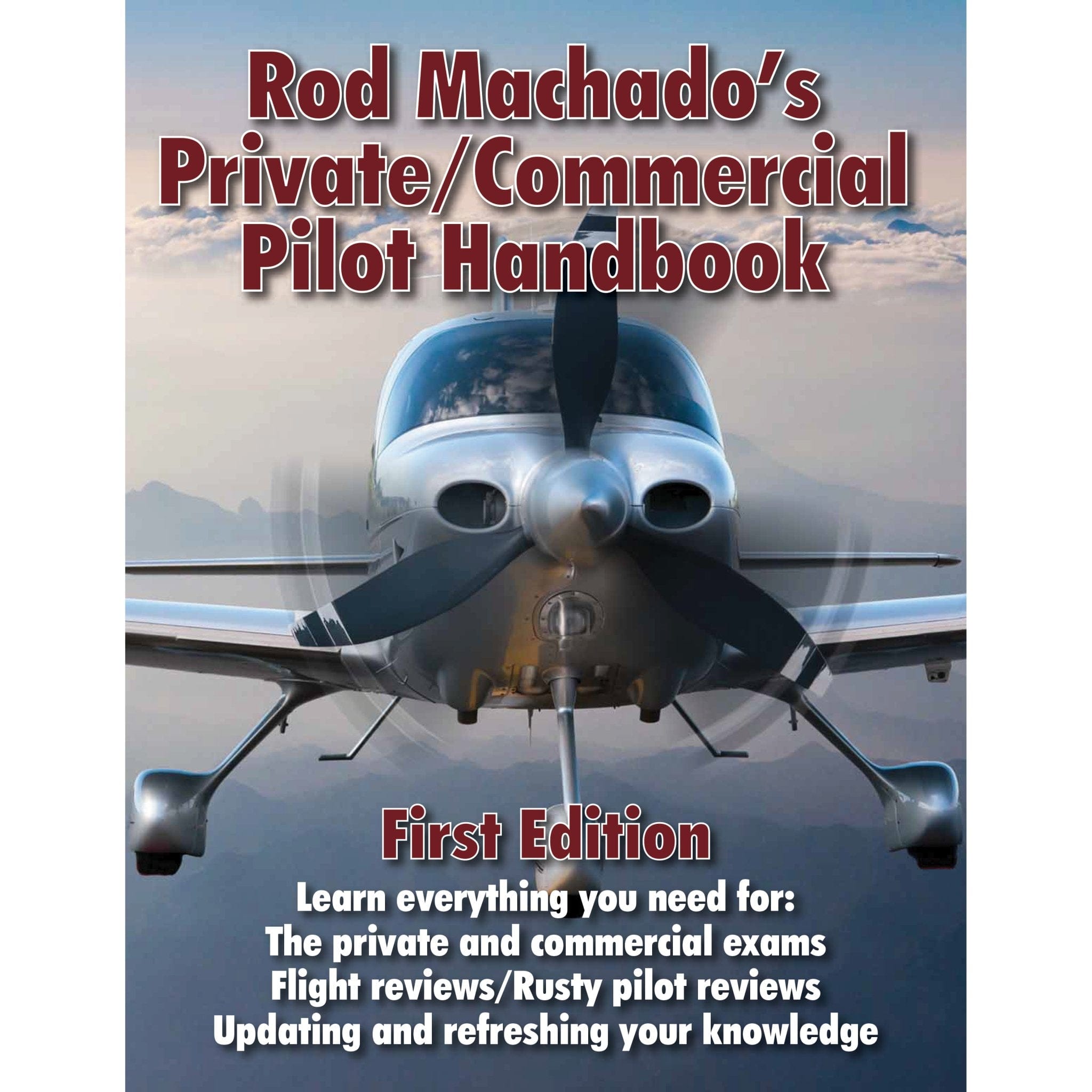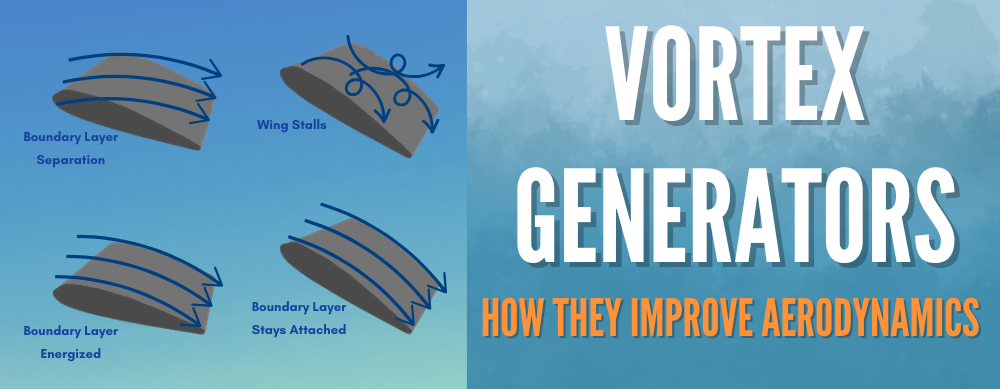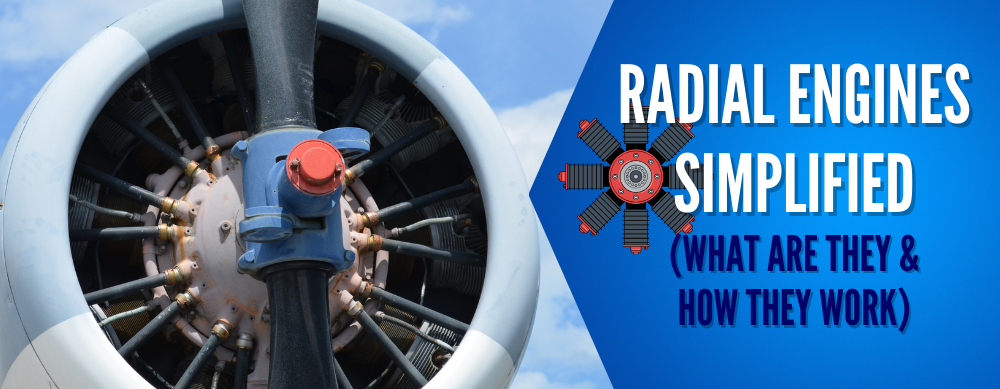Voar em um padrão de tráfego em um aeroporto sem torres pode exigir mais atenção e comunicação com outros pilotos do que em um aeroporto com uma torre de controle operacional.
Sem controladores de tráfego aéreo guiando você, cabe a você e outros pilotos gerenciar o fluxo do tráfego. Mas como exatamente você pode fazer isso?
Não se preocupe! Porque aqui está um guia passo a passo para voar em um padrão de tráfego.
Levaremos você da base até a final como um profissional!
RESUMO
-
Compreendendo os padrões de tráfego de aeroportos sem torres.
-
Procedimentos de entrada e saída.
-
Comunicando-se com outros pilotos no padrão.
-
Considerações de segurança durante pouso e decolagem.

Compreendendo os padrões de tráfego em aeroportos sem torres
Antes de entrarmos nas definições, certifique-se de pedir ao seu instrutor de voo para repassar qualquer uma das etapas deste artigo se houver algo que o deixe confuso ou inseguro. O objetivo dele é deixar seu check-ride pronto e ele sempre será seu melhor guia e recurso.
O que é um aeroporto sem torre?
Um aeroporto sem torre é simplesmente um aeroporto que opera sem uma torre de controle de tráfego aéreo.
Esses aeroportos são muito comuns, especialmente em áreas rurais, cidades pequenas ou cidades menores, e dependem dos próprios pilotos para gerenciar o tráfego aéreo.
Você não receberá instruções dos controladores, então é sua responsabilidade monitorar tudo ao seu redor, comunicar-se com outros pilotos e seguir os procedimentos padronizados de tráfego do aeroporto em que planeja pousar.
O que é um padrão de tráfego?
Um padrão de tráfego é uma rota de voo específica que ajuda a organizar os movimentos de aeronaves em um aeroporto.
Ele foi projetado para manter os pilotos em uma sequência agradável e ordenada para decolagem e pouso. O objetivo é minimizar a chance de uma colisão.
Em aeroportos sem torres, esses padrões são realizados em uma altitude de padrão de tráfego designada, geralmente em torno de 1.000 pés acima do solo, mas esse número pode ser diferente dependendo do aeroporto.
Uma altitude de 1.000 pés ou mais permite a separação de aeronaves decolando ou descendo no padrão.
Por que o padrão de tráfego da esquerda é padrão?
O padrão de tráfego na maioria dos aeroportos sem torres é para a esquerda.
Isso significa que todas as curvas do padrão são feitas para a esquerda, para que os pilotos tenham melhor visibilidade do cockpit.
Você pode esperar exceções. Alguns aeroportos podem ter padrões de mão direita por causa de suas condições locais, como terreno ou procedimentos de redução de ruído.
Procure um indicador de padrão de tráfego no campo de aviação ou verifique o mapa seccional para verificar se há desvios da norma.

Como entrar no padrão de tráfego em um aeroporto sem torres
Se você realmente quer um guia aprofundado, confira nosso artigo sobre como dominar os padrões de tráfego do aeroporto .
Por enquanto, vamos aos passos!
Etapa 1: Aproxime-se do Padrão de Tráfego
Antes de se aproximar do padrão de tráfego, você deve começar a ouvir a CTAF ( Frequência Comum de Aconselhamento de Tráfego ) do aeroporto a cerca de 16 km de distância.
Ouvir e comunicar sua localização na frequência do aeroporto local permitirá que você saiba sobre outras aeronaves na área e ajudará você a escolher a pista correta com base na direção do vento.
Você deve abordar o padrão em um ângulo de 45 graus em relação à perna a favor do vento , voando na altitude do padrão.
Etapa 2: Comunicando suas intenções
Comunique-se claramente. Isso é muito importante.
Você precisará anunciar sua posição e intenções no CTAF, como, “Cessna 12345, entrando à esquerda a favor do vento para a pista 27”.
Você deve querer que todos saibam onde você está e evitar mal-entendidos com outros veículos.
Etapa 3: Pernas de base e a favor do vento
Uma vez estabelecido na perna a favor do vento , você voará paralelo à pista na altitude do padrão de tráfego.
Quando estiver próximo do limite de pouso, comece a descida.
A partir daqui, vire à esquerda na perna base , continuando a descer.
Seu objetivo é manter a pista à vista e se preparar para sua aproximação final.
Etapa 4: Abordagem final
Na aproximação final , alinhe sua aeronave com a linha central da pista estendida.
Faça pequenos ajustes/correções para permanecer no curso e controlar sua descida em direção à pista.
Fique atento ao trânsito e esteja preparado para contornar, se necessário.
É isso! É assim que se manobra em um padrão de tráfego para pousar em um aeroporto sem torres.
Mas e quanto à partida? Chegaremos a isso em seguida.

Saindo de um padrão de tráfego de aeroporto sem torres
Quando estiver pronto para partir, suba em linha reta até atingir a altitude do padrão de tráfego.
Somente nesse ponto você deve começar a fazer curvas. Fazer isso ajudará a evitar conflitos potenciais com o tráfego de entrada.
Os pilotos que saem do padrão devem continuar se comunicando e anunciando suas intenções, assim como aqueles que estão entrando.
Etapa 1: Saindo da pista
Suba para a altitude padrão antes de fazer qualquer curva. Não faça curvas fechadas muito cedo para evitar cruzar caminhos com aeronaves na aproximação final
Etapa 2: Saindo do Padrão de Tráfego
Após chegar ao final da pista, continue em frente ou vire 45 graus para longe do padrão de tráfego.
Se você for deixar a área completamente, suba a uma altitude de pelo menos 150 metros acima do padrão de tráfego antes de fazer qualquer mudança importante no percurso.
Etapa 3: Regras de direito de passagem
Aeronaves que decolam e sobem devem sempre dar preferência ao tráfego já estabelecido no padrão.

Segurança de padrões de tráfego e melhores práticas
Monitoramento de outro tráfego
Voar em um aeroporto sem torres exige que você fique atento ao trânsito e mantenha o foco. Ouça atentamente o que está sendo dito no CTAF. Mantenha uma varredura visual — só porque você não ouve uma chamada não significa que não há mais ninguém ao seu redor.
Comunicando
Anunciar cada fase do seu voo mantém outros pilotos informados e pode ajudar a reduzir o risco de colisões.
Lidando com emergências
Se você encontrar uma emergência, comunique-se imediatamente. Emergências devem ter prioridade sobre operações normais, e deixe outros pilotos cientes para que eles possam tomar as medidas apropriadas para evitar a situação.

Perguntas frequentes
-
Qual é a altitude correta para um padrão de tráfego em um aeroporto sem torres?
A altitude do padrão de tráfego é geralmente em torno de 1.000 pés acima do solo, mas isso pode ser diferente dependendo do aeroporto. Verifique o gráfico do aeroporto para detalhes.
-
Como sei qual pista usar em um aeroporto sem torres?
A seleção da pista é baseada na direção do vento. Os pilotos devem verificar os ventos e ajustar de acordo para pousar contra o vento.
-
E se eu encontrar outro tráfego no padrão?
Você deve ceder passagem a aeronaves já estabelecidas no padrão. Comunique sua posição e intenções para evitar possíveis conflitos.
Remover
Voar em um padrão de tráfego em um aeroporto sem torres se torna mais fácil com a prática. Preste bastante atenção à altitude do padrão de tráfego, mantenha sua consciência situacional e sempre anuncie suas intenções de ficar à frente de potenciais conflitos.
Aeroportos sem torres dependem de cada piloto fazendo a sua parte e, com a execução adequada do padrão de tráfego, você pousará com segurança todas as vezes.
Voe com segurança!
Interessado em saber mais?
Nossos guias foram projetados para ajudar!
- Compreendendo a técnica de voo lento
- Como fazer curvas em torno de um ponto (guia completo + plano de aula)
- Conquiste curvas íngremes e domine os céus (passo a passo)
- Como dominar os padrões de tráfego do aeroporto para pilotos estudantes
- O que é um pouso com toque e arremetida e por que ele é usado?
Você achou este artigo útil?
Você acha que esquecemos de uma pergunta importante da entrevista? Deixe-nos saber nos comentários abaixo!





